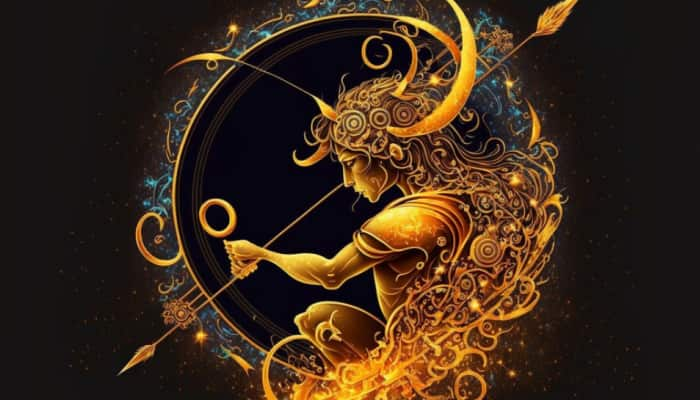Chaitra Navratri 2018 schedule
Chaitra Navratri falls during the months of March-April in the Gregorian calendar.
Trending Photos
)
Dedicated to Shakti or the feminine power (Goddess Durga), Navaratri or Navratri is one of the most auspicious festivals in the Hindu calendar.
Navratri meaning nine nights are celebrated twice a year – once right after the Spring season (Chaitra) and the other just ahead of Autumn (Sharad).
Chaitra Navaratri falls during the months of March-April in the Gregorian calendar. This year, Chaitra Navaratri began on March 18 and will culminate with Rama Navami on March 25.
Check out the Chaitra Navratri 2018 schedule given by drikpanchang here:
March 18 - Pratipada – Ghatasthapana, Chandra Darshan and Shailputri Puja
March 19 - Dwitiya - Sindhara Dooj and Brahmacharini Puja
March 20 - Tritiya – Gauri Teej, Saubhagya Teej and Chandraghanta Puja
March 21 - Chaturthi – Varad Vinayaka Chauth, Lakshmi Panchami and Kushmanda Puja
March 22 - Panchami – Naag Puja, Skanda Sashti and Skandamata Puja
March 23 - Shashti – Yamuna Chhath and Katyayani Puja
March 24 - Saptami – Maha Saptami, Kalaratri Puja, Durga Ashtami, Mahagauri Puja Annapurna Ashtami
March 25 - Ashtami – Sandhi Puja and Rama Navami
March 26 – Navratri Parana and Dashami
During this period, the nine forms of Durga are worshipped. Here’s taking a look at the significance of each of her avatars:
Shailputri
Shailputri, in Sanskrit means 'daughter of the mountains'. This form is the first one among the nine forms of the goddess and Shailputri is worshipped as the absolute form of Mother Nature. During the festival of Navratri, the goddess is portrayed with a half-moon on her forehead, a trident in her right hand along with a lotus in her left hand. She is seen mounted on the back of a bull.
The first day of Navratri is marked for the worship of Shailputri.
Brahmacharini
The ‘charming’ form of Durga, the idol of Brahmacharini is presented to her worshipers with a Kamandal in her left hand and jap mala in her right hand.
Brahmacharini, the unmarried form of the Goddess is worshipped on the second day of Navratri and is mostly known as the personification of love and loyalty.
Chandraghanta
Adorned with a bell shaped like a crescent moon in her hand, this form of Maa Durga is responsible for restoring justice and dharma in the world. On the third day of Navratri, goddess Chandraghanta is worshipped.
Kushmanda
This form of Durga is believed to be the one that eliminates darkness from the world with her smile. Each idol of goddess Durga in this form is therefore carved with a smile on her face. On the fourth day of Navratri, devotees worship this manifestation of Maa Durga.
Skanda Mata
This form of the goddess is always accompanied by an infant form of Lord Skanda or Kartikeya. The goddess is portrayed with having four arms and three eyes. She is presented as sitting on a lotus and is worshiped on the fifth day of Navratri.
Katyayani
This incarnation of goddess Durga is the epitome of love and anger and the idols having this form are portrayed as having four arms and three eyes and are mounted on a lion. The sixth day of Navratri is dedicated to Katyayani form of goddess Durga.
Kalratri
This form of the goddess is famous in ancient Hindu literature as being the most violent one. Worshipped on the seventh day, this is the form that evokes fear in a devotee's mind. Kalratri is believed to be the destroyer of all demonic powers, i.e. kaal.
Maha Gauri
Diametrically opposite to Kalratri, this form of the goddess Durga is intelligent, peaceful and calm. The ‘extremely white’ goddess is depicted in idols as such and is shown as wearing white clothes, mounted on a bull. Maha Gauri is worshiped on the eighth day of Navratri.
Siddhidatri
On the last day of Navratri, the form Siddhidatri of goddess Durga is worshipped. This is the form that is known for her wish-fulfilling capabilities and the goddess is believed to possess several types of healing powers. The idol is shown as riding a lion.







)
)
)
)
)
)
)
)
)
)
